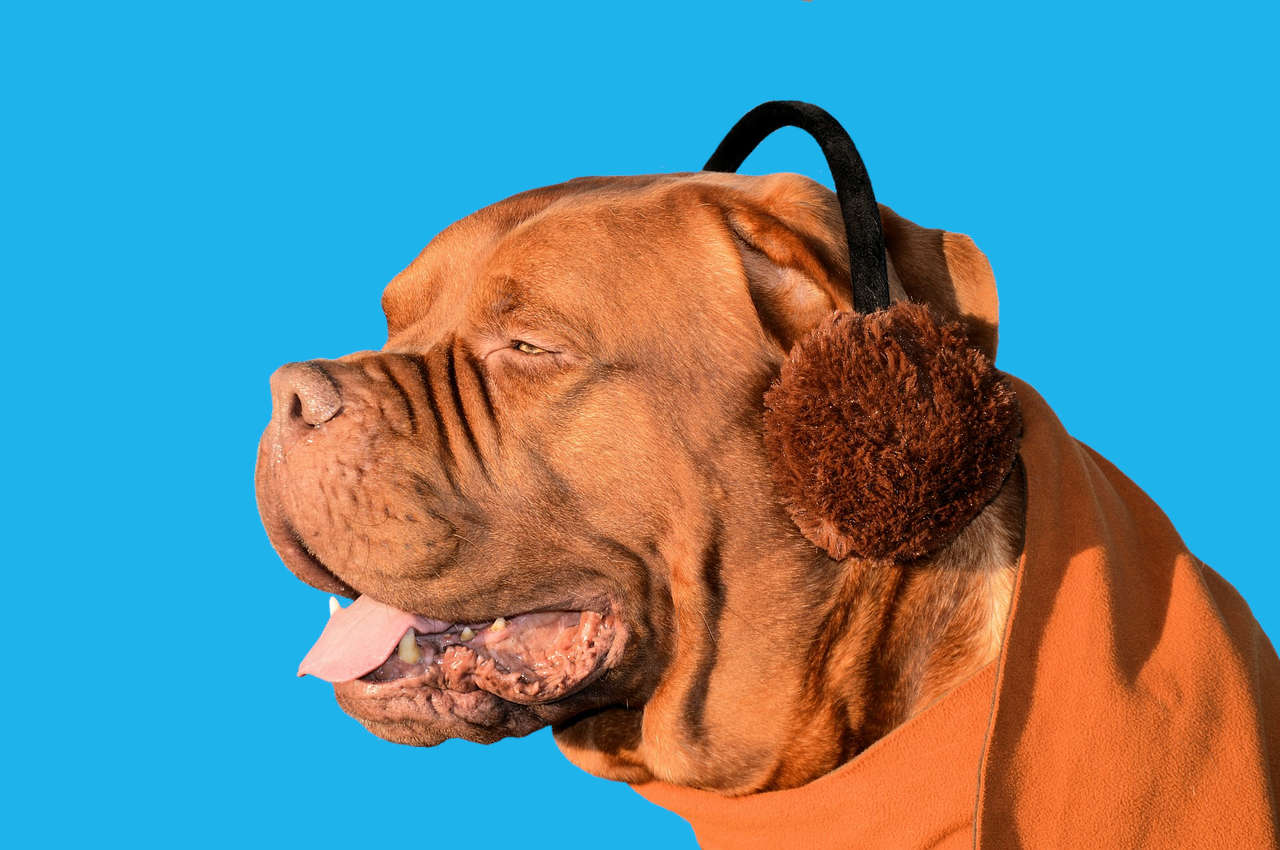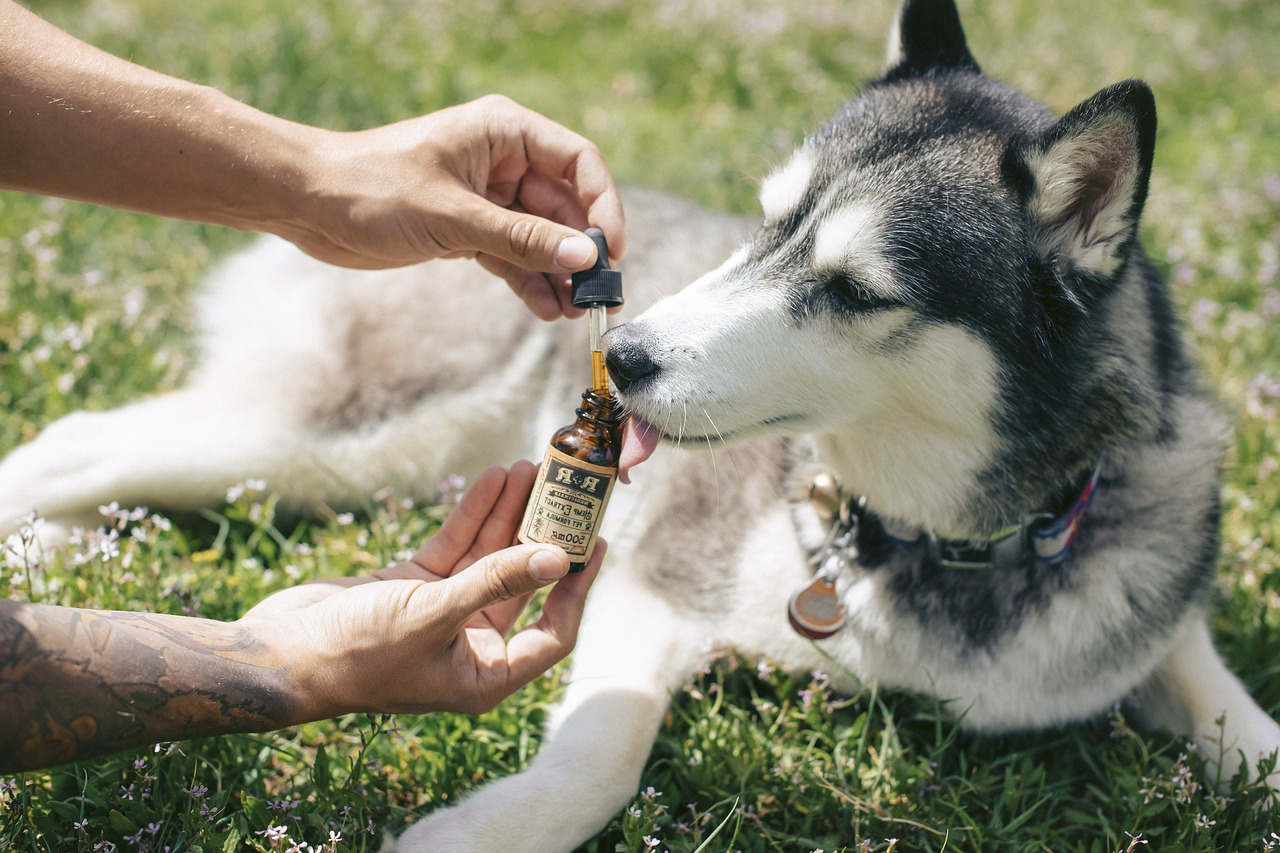There are many reasons why dogs can be deaf.
Deafness can be the result of drug toxicity, infection, and trauma.
Deafness can also be attributed to age and excessive noise, but the significant cause of concern to owners of dogs is congenital sensorineural deafness.
Congenital Sensorineural Deafness appears to be inherited.
Although described as congenital the deafness actually is not present at birth but manifests itself around 3-4 weeks of age.
Cochlear development seams to occurs normally to that point, but then it appears that the vascular supply to the cochlea (the stria vascularis) degenerates, so the hair cells of the cochlea die.
This is known as sensorineural deafness because the sensory nerve cells (the hair cells) die.
There is no treatment for the sensory nerve cell loss, and the deafness is total for each affected ear.
Thus, a dog may be deaf in one or both ears or be able to hear in both.
Dogs that are deaf in both ears become fairly obvious in time since they tend not to wake up at meals or in response to loud noises, were as dogs deaf in one ear are harder to detect because they respond to sounds with their good ear; their only difficulty is in localizing sound, and they usually quickly adapt to this.
It seems is no difference in incidence between males and females, no difference between left or right ears
. The only way to be certain of a dog’s hearing status is to have its hearing tested by the BAER test.
Because this defect appears to be hereditary, dogs with deafness should not, according to Dr. George M. Strain, be bred.
BAER TEST:
The brainstem auditory evoked response (BAER) is a hearing test designed to detect electrical activity in the cochlea and auditory pathways in the brain in much the same way that an antenna detects radio or TV signals.
A computer produces a stimulus or clicks which is directed into the left or right ear with a foam insert earphone (Each ear is tested individually).
The BAER test usually is completed in 10-15 minutes. Unless the dog becomes extremely agitated, which can usually be avoided with patient and gentle handling, sedatives or anesthesia are normally not necessary.
A printout of the test results, showing the actual recorded waveform, is provided at the end of the procedure. Test results are confidential.
Reference for further reading:
Strain, G. M. 1996. Aetiology, prevalence, and diagnosis of the deafness in dogs and cats.
(Commissioned review.) British Veterinary Journal 152:17-36.




